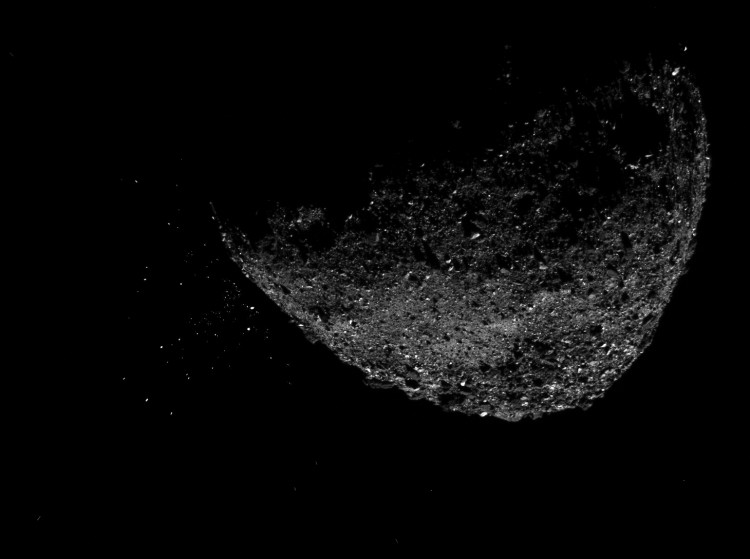Asteroid 2020 SO was meant to be yet another of the tens of thousands of space rocks that scientists have spotted breezing around our space neighborhood. This solar system debris is mostly harmless, but scientists detect and monitor all they can in case an object happens to be on a collision course with Earth.
Paul Chodas, director of NASA's Center for Near-Earth Object Studies at the Jet Propulsion Laboratory in California, evaluates observations of these objects every day.
And to Chodas, the 2020 SO did not look like an asteroid. Instead, it seemed like something even rarer: a discarded rocket body that had once ferried a spacecraft to the moon. Almost a month of continuing observations have now confirmed that the 2020 SO is moving more like a spent rocket stage than an asteroid.
But he did not need the on-going findings to suspect that the former space rock was actually human debris, the spent Centaur upper stage of the rocket that in 1966, carried a NASA spacecraft named Surveyor 2 to the moon.
Chodas is one of the scientists who have had their eyes open for just such an item for more than a decade. "We've kind of mused about whether [or] when this would happen," he said. "I've over the years looked at asteroid orbits to see if any of them was in an orbit around the sun that was likely to have been associated with a launch."
And 2020 SO has been the best match to date. Two features, in particular, stand out in comparison to the journey of the object: its sluggish speed and how closely its course around the sun aligns with the Earth's orbit. Asteroids don't seem to act like this-they fly much quicker and without reference to Earth's course around the sun.
Instead, Chodas said the 2020 SO orbit deliberately parading itself as a rocket body from a trip to the moon. In fact, the 2020 SO looks like an object that was attempting to land a spacecraft on the moon-slowly, and thus not particularly fast. That's what made a slow, near-earth orbit so stuck to Chodas.
Chodas was then able to rewind the orbit, so to speak, to decide when the 2020 SO should have left the Earth-Moon system. Apparently, it was late in 1966. But the '60s, of course, were the height of the earth-bound space race, and between the U.S. and the Soviet Union, ten missions were launched to the moon that year.
But between the later launch date, the specifics of the route required to land gently on the moon rather than merely orbit it, and the relative scale of the possible rocket bodies at play, Chodas was soon sure that 2020 was indeed the Centaur Upper Stage used to launch NASA's Surveyor 2 mission on Sept. 20, 1966.
That identification isn't confirmed Chodas told Space.com, although it's "looking increasingly likely. He and his colleagues are still studying the movements that have been working on the object for the past half a century.
But the initial data is convincing circumstantial evidence, he added.



